
Apple events are often anticipated with bated breath, but sometimes, the true marvels lie not in the headline-grabbing device reveals, but in the subtle, yet profound, software enhancements and unexpected features that quietly redefine our digital interactions. These are the “wildcards” – the announcements that perhaps didn’t dominate the keynote, yet hold immense power to surprise, delight, and fundamentally alter how we use our iPhones, Apple Watches, and AirPods every single day. They represent a deeper dive into user experience, security, and an evolving ecosystem, demonstrating Apple’s uncanny ability to anticipate future needs and provide elegant solutions.
In the fast-paced, ever-evolving world of technology, staying ahead means not just iterating on existing ideas, but envisioning and delivering functionalities that users didn’t even know they desperately needed. Apple’s approach often involves this intricate balance, offering both broad strokes of innovation that capture the imagination and meticulous refinements that significantly enhance daily life. The features we’re about to explore exemplify this profound philosophy, showcasing Apple’s unwavering commitment to empowering users with unparalleled control, fortifying their digital safety against increasingly sophisticated threats, and streamlining everyday tasks in remarkably clever and intuitive ways.
From the quiet command over incessant auditory alerts that once disrupted our peace, to revolutionary new methods of staying connected across vast distances, these developments reflect a deeply forward-thinking design philosophy. They demonstrate an acute understanding of real-world challenges, addressing everything from the pervasive issue of notification fatigue to the critical, ever-growing need for robust digital security in an interconnected world. Prepare to rediscover your Apple devices, unlocking dimensions of utility and peace of mind previously unimagined, as we unveil the first half of these game-changing “wildcards” that are already shaping the future of personal technology.
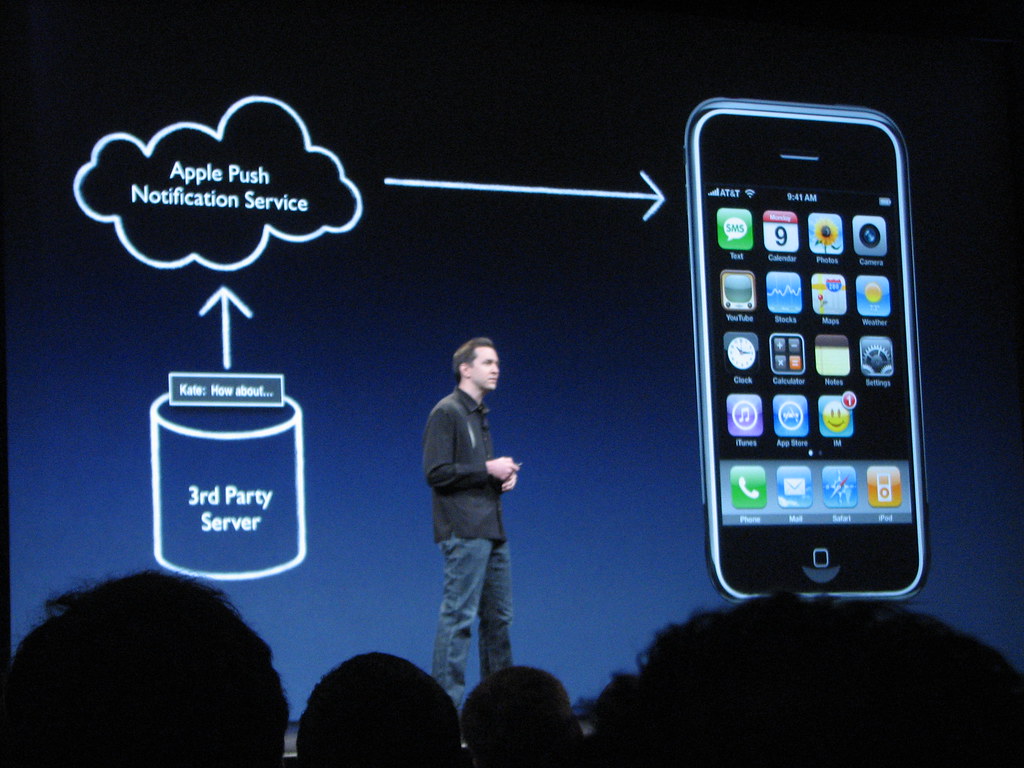
1. **Announce Notifications: A Double-Edged Sword (and its granular control)**The ability of your iPhone to seamlessly provide notification announcements when AirPods or Beats headphones are connected is undeniably a beacon of convenience, offering a truly hands-free way to stay informed in our busy lives. Siri’s articulate voice delivering incoming notifications from Messages, Reminders, and various supported third-party apps transforms how we interact with our digital world, especially when our devices are tucked away in a pocket or bag. This feature was initially designed with a clear, compelling purpose: to keep users intimately connected and aware without the constant distraction of checking their screens, integrating crucial information almost subliminally into their audio experience.
However, as countless users have quickly discovered, what begins as a thoughtful convenience can rapidly escalate into an incessant intrusion. The constant interruption of carefully curated music playlists, engrossing podcasts, or even moments of quiet, productive reflection by a digital voice reading out every single incoming alert can become incredibly irritating and disruptive. This pervasive challenge of notification overload led to a significant, vocal demand for better, more sophisticated control, highlighting a common and persistent tension in modern technology: striking the perfect balance between helpful automation and deeply personal preference. Apple, with its characteristic attention to detail, has responded by providing an impressively granular set of controls, artfully transforming a potential annoyance into a highly customizable and genuinely useful utility.
The true “wildcard” here is not merely the announcement feature itself, which is a straightforward application of voice AI, but the unexpected depth and breadth of options Apple has provided for users to meticulously tame it. Far from a simplistic on/off switch that offers no nuance, users are now empowered to disable these auditory announcements entirely through the familiar Settings app, or to employ the iOS Control Center for a temporary, on-the-fly reprieve. Moreover, the flexibility extends to their Apple Watch, mirroring the control options. Crucially, the system allows for an incredibly specific, per-app configuration, letting users precisely choose which individual applications are permitted to send vocal announcements, thereby granting them complete and ultimate mastery over their auditory notification experience. This unparalleled level of user agency over a seemingly minor feature is a profound testament to thoughtful, user-centric design that respects individual preferences.

2. **Text via Satellite & Scheduled Messages: Bridging Gaps in Connectivity and Time with Intent**The Messages app, a foundational cornerstone of Apple’s sprawling ecosystem, continues its relentless evolution with functionalities that not only enhance communication but also push the very boundaries of what’s possible. Among the myriad of new features earmarked for iOS 18, “Text via satellite” emphatically stands out as a truly groundbreaking and, for many, an utterly unexpected announcement. Imagine the profound relief of being in a remote, desolate area, perhaps hiking deep in the wilderness or exploring an off-grid location, far beyond the reach of conventional cellular towers, yet still possessing the critical ability to send a vital text message to emergency services or a loved one. This capability isn’t just an added convenience; it represents a significant leap forward in safety and ubiquitous connectivity, ensuring that users can reach out and make their presence known even in the most isolated and precarious circumstances. It fundamentally transforms the iPhone into an even more reliable, potentially life-saving tool for emergencies and for maintaining essential contact when traditional network infrastructures inevitably fail.
Complementing this monumental forward leap in critical connectivity is another feature, seemingly more subtle on the surface, yet equally impactful in its implications for daily life: the intuitive ability to “Schedule a text message to send later.” While this might not possess the dramatic, headline-grabbing flair of satellite communication, its practical implications for enhancing personal and professional organization are truly immense. No longer do users need to grapple with the mental load of remembering to send a message at an inconvenient hour, perhaps in the dead of night, or face the frustration of forgetting it entirely. Whether it’s a perfectly timed birthday greeting dispatched precisely at midnight, a crucial reminder for a future meeting that aligns with a recipient’s schedule, or a gentle, well-placed nudge to a colleague, scheduling messages introduces a sophisticated layer of thoughtful planning and proactive automation that was conspicuously absent from the native Messages experience until now.
Together, these two distinct yet complementary features brilliantly showcase Apple’s multifaceted approach to innovation: simultaneously addressing critical, high-stakes communication needs that can literally save lives, while also meticulously refining the more mundane, everyday aspects of messaging for vastly greater efficiency and profound user comfort. “Text via satellite” emerges as a technological marvel, providing an essential lifeline in the most challenging environments, while “Schedule a text message” offers a quiet, yet undeniably powerful, everyday revolution in personal organization and thoughtful interaction. Both, in their own unique and compelling ways, are unexpected announcements that significantly enhance the overall utility and thoughtful design of the iPhone’s core communication tool, making digital interaction smarter, more deliberate, and remarkably resilient.

3. **Privacy and Security Enhancements: Stolen Device Protection & Contact Key Verification – Fortifying Your Digital Frontier**
In an era where digital security is not merely a feature but an absolute imperative, Apple continues to push the boundaries, introducing safeguards that transcend conventional protections. The strategic implementation of “Stolen Device Protection” emerges as a profoundly significant and welcome wildcard, directly addressing a very real, often devastating, and emotionally distressing scenario for iPhone users worldwide. This innovative feature erects a crucial, intelligent layer of security, particularly potent in situations where an iPhone might not only be physically stolen but where the perpetrator has also managed to ascertain the user’s passcode. By stringently requiring biometric authentication – specifically Face ID or Touch ID – for sensitive actions such as altering one’s Apple ID password, disabling Find My, or accessing saved passwords, especially when the device is detected away from familiar and trusted locations like home or work, it drastically complicates a thief’s ability to compromise critical personal information and financial accounts. This intelligently designed mechanism fundamentally protects the user’s entire digital life even if the physical device falls into the wrong hands.
Further elevating the integrity and trustworthiness of digital communications to unprecedented levels, “Contact Key Verification” is another profound, albeit highly technical, security wildcard that speaks volumes about Apple’s commitment to advanced user protection. This sophisticated feature furnishes an unparalleled level of cryptographic assurance for users who are genuinely concerned about the most sophisticated state-sponsored cyber threats and targeted espionage. It empowers users to meticulously verify that they are exclusively communicating with their intended recipients in iMessage conversations, providing a robust defense even if highly resourceful attackers attempt to surreptitiously intercept messages or impersonate participants. By offering a transparent and verifiable mechanism to compare unique contact keys, users can definitively confirm the authenticity and privacy of their sensitive conversations, thereby adding an advanced, critical layer of end-to-end security that steadfastly protects against even the most elaborate man-in-the-middle attacks.
These two distinct yet complementary advancements powerfully underscore Apple’s unwavering, almost zealous, commitment to user privacy and ironclad security, moving decisively beyond reactive measures to embrace proactive, intelligently designed protections. “Stolen Device Protection” ingeniously anticipates and thwarts real-world threats to both the physical device and its invaluable stored data, while “Contact Key Verification” courageously tackles the most advanced and insidious forms of digital espionage, safeguarding communication at its core. They are not merely iterative updates designed to incrementally improve existing features; rather, they represent fundamental, paradigm-shifting approaches in how personal data and private communications are safeguarded. These features, while perhaps not immediately conspicuous or understood by every casual user, undeniably represent some of the most impactful and genuinely “unexpected announcements” for anyone who values their digital security and peace of mind.
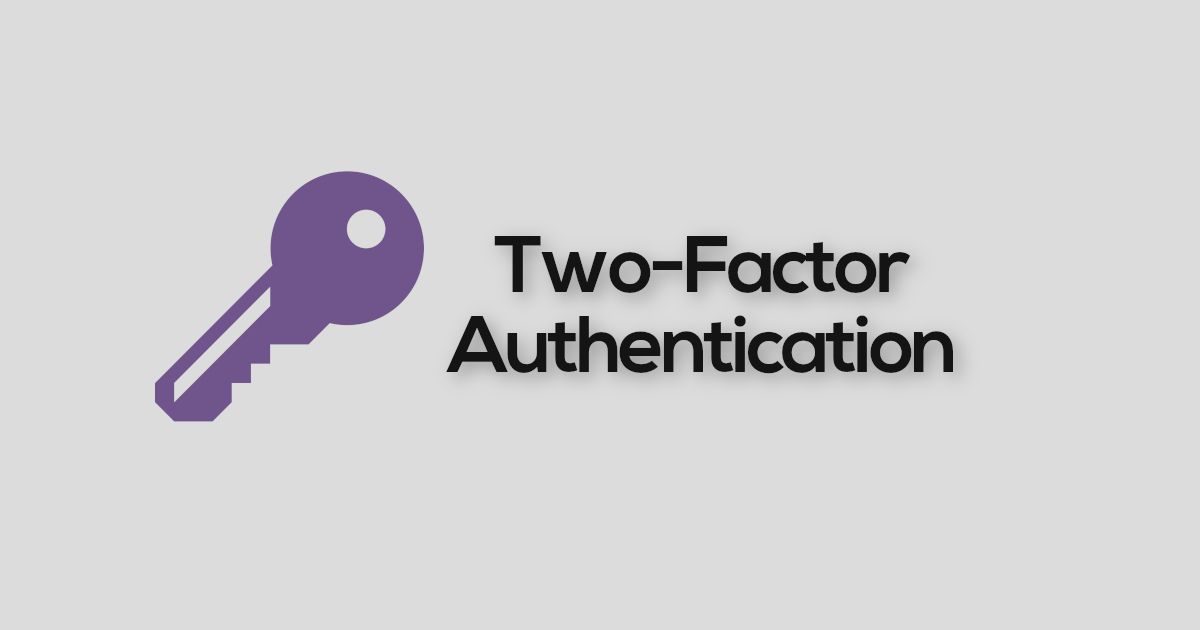
4. **Passkeys and Wi-Fi Password Sharing: The Future of Authentication and Seamless Connectivity Unveiled**
The ever-evolving landscape of digital authentication is currently undergoing a radical and much-needed transformation, and Apple is unequivocally positioned at the cutting edge with its enthusiastic embrace and robust implementation of “Passkeys.” This innovative technology is a truly significant wildcard, signaling a definitive move beyond the inherent vulnerabilities of traditional passwords to offer a profoundly more secure, inherently phishing-resistant, and remarkably convenient method for users to sign into a vast array of websites and applications. Instead of relying on easily forgotten, often weak, or compromised character strings, Passkeys ingeniously leverage the robust biometric verification capabilities (Face ID or Touch ID) and the impenetrable security enclave embedded within your device. This makes logins not only instantaneous but also significantly more resilient and harder for malicious attackers to compromise. This paradigm shift represents a profound leap towards a genuinely passwordless future, promising dramatically enhanced security without the accompanying friction and complexity often associated with multi-factor authentication methods.
Complementing this monumental leap forward in secure authentication is a highly practical, universally relatable, and much-appreciated quality-of-life improvement: the elegantly simplified “Wi-Fi password sharing” feature. This intuitive functionality directly addresses a common, often frustrating, experience encountered by virtually everyone: the cumbersome process of sharing Wi-Fi credentials with guests or new devices. Instead of tediously reciting long, complex alphanumeric passwords or fumbling awkwardly with hastily scribbled notes, Apple has streamlined this interaction, making it effortlessly possible to securely share your Wi-Fi password with nearby, authorized devices with just a few swift taps. This seemingly small, almost incidental enhancement is a powerful testament to Apple’s relentless focus on creating seamless connectivity and unparalleled user convenience, transforming a once cumbersome and irritating task into an effortlessly smooth and delightful interaction. It serves as a prime example of how truly impactful “wildcards” aren’t always about revolutionary, never-before-seen technologies, but sometimes about elegantly and intelligently solving pervasive, everyday problems that enhance the user experience in tangible ways.
Together, Passkeys and the vastly improved Wi-Fi password sharing feature brilliantly illustrate Apple’s comprehensive and forward-thinking vision for a fundamentally more secure and seamlessly connected digital world. Passkeys courageously tackle the most fundamental challenges of online security by intelligently reinventing the entire login process, offering robust protection against common attack vectors. Concurrently, seamless Wi-Fi sharing skillfully removes a pervasive barrier to effortless connectivity within personal and shared environments. Both features, within their respective domains, offer unexpected and significant levels of ease, robust protection, and thoughtful design, collectively contributing to a more intuitive, efficient, and inherently safer user experience. They subtly, yet profoundly, reshape our daily interactions with digital services and network access, making technology work more harmoniously for us.
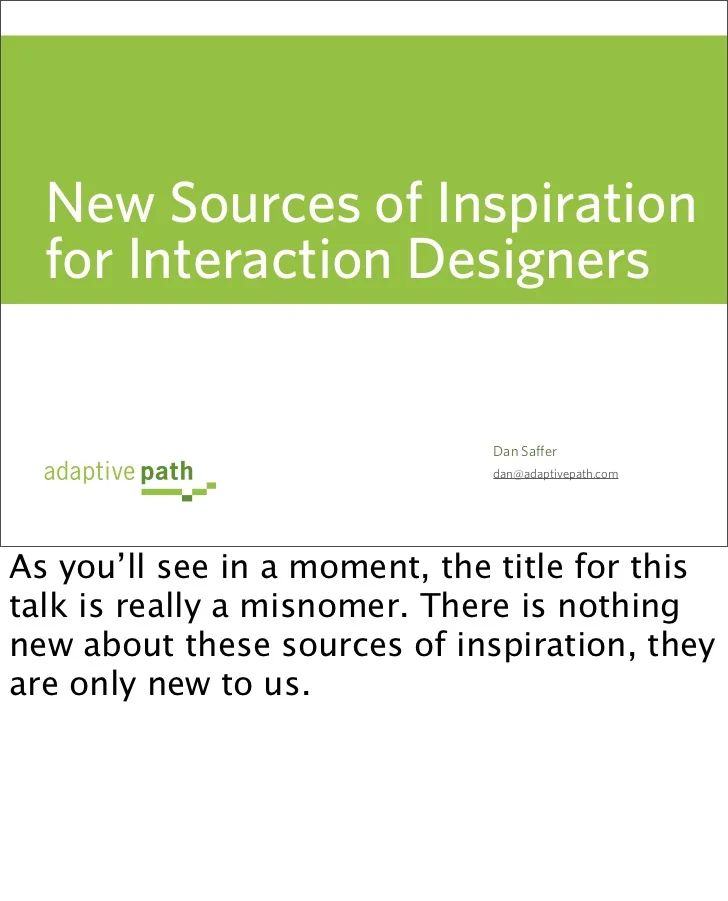
5. **Dynamic Island and Action Button: Evolving User Interaction at Your Fingertips, Reimagined**While not entirely novel introductions, the continuous, intelligent evolution and deeper integration of the “Dynamic Island” and the supremely customizable “Action Button” continue to surprise and delight users with their expanding utility, firmly cementing their status as enduring “wildcards” in Apple’s masterclass of hardware-software synergy. The Dynamic Island, a fluid, morphing, and profoundly interactive area that ingeniously adapts to display alerts, ongoing activities, and critical live interactions, has transcended its initial role as a mere design element. It has blossomed into a truly dynamic, information-rich portal, effortlessly weaving itself into the fabric of the iOS experience. It intelligently displays background activities like incoming calls, active timers, secure Face ID authentications, and engaging Live Activities, transforming what was once a static notch into an engaging, functional, and aesthetically pleasing hub. Its remarkable adaptability and intelligent, context-aware presentation of information consistently delight users and profoundly simplify multitasking, making the iPhone feel more intrinsically alive, intuitive, and responsive to the user’s current tasks and immediate environment.
The “Action Button,” first introduced on the latest Pro models, similarly exemplifies Apple’s unwavering commitment to enhancing direct, tactile user interaction in a profoundly personal way. Far from a simplistic, single-purpose mute switch, this meticulously engineered and highly customizable button offers a quick, programmable shortcut to a user’s most frequent or critical tasks, instantly accessible without even looking at the screen. Whether it’s instantly launching the camera to capture a fleeting moment, activating the flashlight for immediate utility, beginning a Voice Memo to quickly jot down an idea, or triggering an accessibility feature for enhanced usability, its sheer versatility makes it an unexpected and indispensable powerhouse. This profound level of customization empowers users to meticulously tailor their device to their unique workflow and personal preferences, providing instant, tangible access to core functionalities without the need for navigating through complex menus. It’s a physical manifestation of personalization, streamlining interactions and making the device feel more intimately connected and responsive to individual needs and habits.
These sophisticated features collectively highlight Apple’s thoughtful, holistic approach to integrated hardware and software design, where physical elements are not merely aesthetic but are deeply intertwined with software intelligence to forge a more intuitive, efficient, and genuinely immersive user experience. The Dynamic Island provides a smart, visually captivating, and continuously evolving display for ambient information, discreetly keeping users informed without demanding full attention. Meanwhile, the Action Button offers a tactile, customizable, and instantly gratifying shortcut to essential functions, enhancing speed and convenience. Both, through their continuous refinement, intelligent expansion, and increasing adaptability, serve as potent reminders that Apple’s innovations extend far beyond the introduction of groundbreaking new technologies; they encompass the thoughtful, subtle enhancement of how we physically and digitally interact with our devices, proving that even seemingly familiar features can continue to be unexpected, transformative game-changers in the evolution of personal technology.
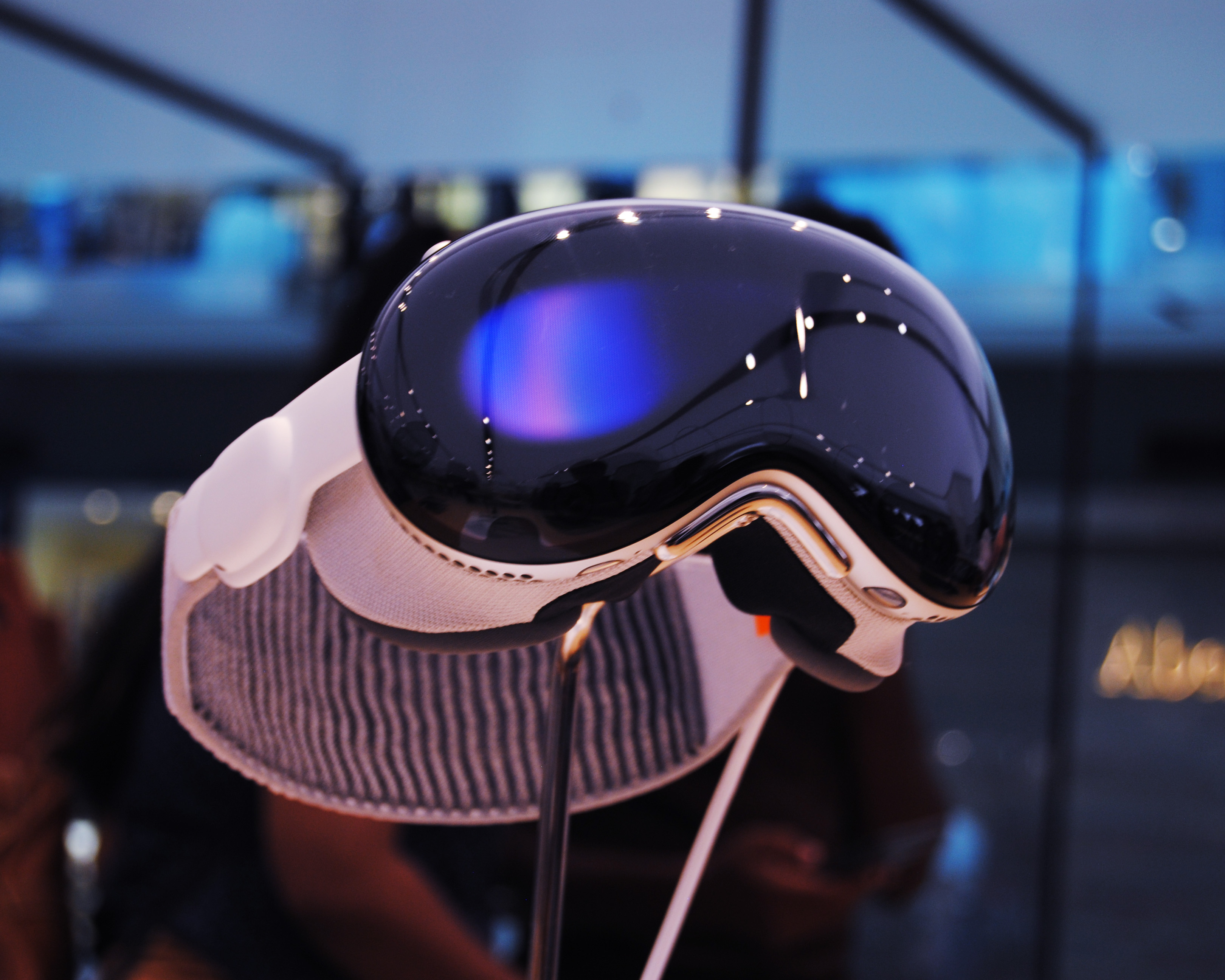
6. **Spatial Photos/Videos for Apple Vision Pro & Cinematic Mode Evolution: A Glimpse into the Future of Immersive Media and Storytelling**
Apple’s ambitious foray into “Spatial photos and videos for Apple Vision Pro” stands as a monumental and remarkably forward-looking wildcard, heralding a profound and exciting shift in how we will capture, preserve, and ultimately experience our most cherished and significant moments. This groundbreaking capability, which empowers iPhones to record three-dimensional media, is far more than just an incremental improvement to traditional photography; it represents a foundational, strategic step towards a truly immersive and deeply personal future of content consumption. These spatial captures, meticulously designed to be viewed with astonishing realism on the Apple Vision Pro, promise to transport viewers back into specific moments, offering an unprecedented sense of presence, depth, and emotional connection that transcends the limitations of traditional, flat images and videos. It emphatically represents a clear articulation of Apple’s long-term vision, seamlessly bridging the iPhone’s advanced, high-fidelity camera system with its revolutionary next-generation computing platform, signaling a new era of personal media.
Hand-in-hand with this expansive, futuristic vision for media capture is the continuous and impressive evolution of “Cinematic mode,” a feature that, while already exceptionally impressive upon its debut, persistently gets more refined, more intelligent, and more accessible with each iteration. Cinematic mode, a brilliant piece of computational photography, enables users to record videos with a stunning shallow depth of field, intelligently and automatically shifting focus between subjects to create professional-looking cinematic effects that once required specialized equipment and expertise. The ongoing enhancements to this mode, including more precise depth mapping, more robust and intelligent subject tracking, and finer, more intuitive post-production editing controls, profoundly democratize advanced filmmaking techniques. It empowers everyday users – from aspiring creators to proud parents – to effortlessly create compelling, high-quality video content that was once the exclusive domain of professional cameras, specialized lenses, and expensive post-production software and crews.
These sophisticated camera advancements, taken collectively, offer a powerful and insightful glimpse into Apple’s strategic direction and its vision for the future of digital interaction. Spatial photos and videos are a clear and undeniable signal of the company’s unwavering commitment to immersive computing and its bold vision for entirely new paradigms of content creation, meticulously tailored to the burgeoning mixed-reality experiences. Cinematic mode, on the other hand, masterfully perfects and expands upon existing capabilities, making high-quality visual storytelling more accessible and intuitive than ever before. Both are unexpected in their ambition, their technical execution, and their potential impact, demonstrating with clarity how Apple is not just incrementally improving the present but actively and deliberately shaping the future of digital media capture and consumption, turning the iPhone into an even more versatile, powerful, and artistically expressive tool for both personal and professional creative endeavors.
The journey through Apple’s unexpected announcements reveals a company constantly pushing the boundaries of what’s possible, not just with flashy new gadgets, but with thoughtful, impactful innovations that profoundly reshape our daily digital lives. As we delve into the second half of these “wildcards,” we find a powerful narrative of intelligence woven into the very fabric of the ecosystem, a seamless integration that blurs the lines between devices, and a profound commitment to user wellbeing and universal accessibility. These aren’t just features; they are foundational shifts in how we interact with technology, anticipating needs we didn’t even know we had and setting a new standard for intelligent, personal computing.
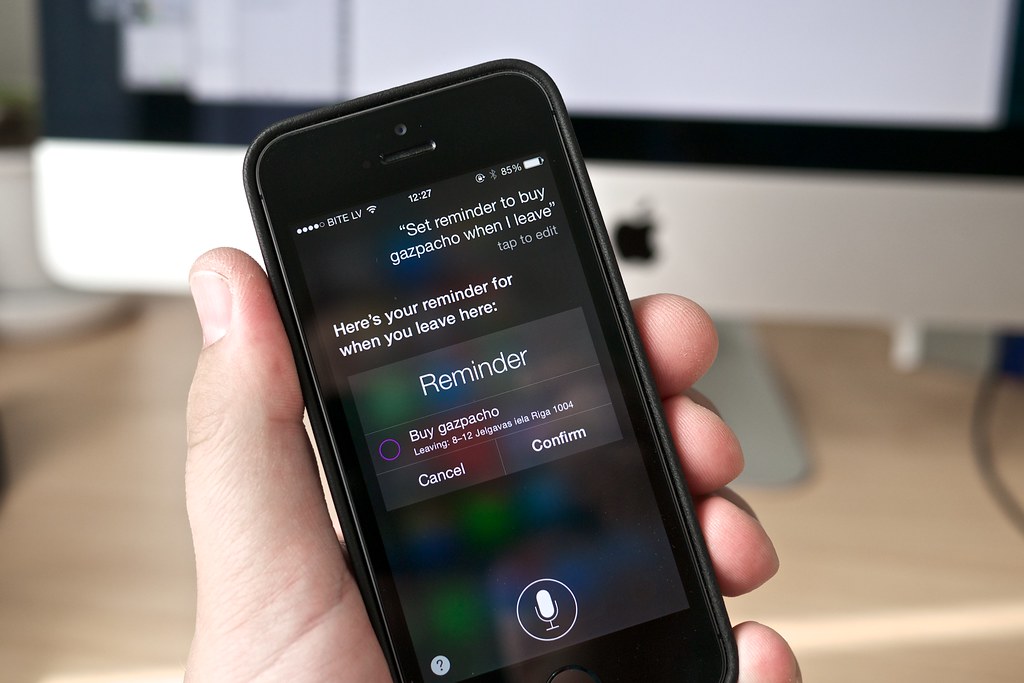
7. **Apple Intelligence: Redefining Interaction and Creativity** Perhaps the most significant “wildcard” is Apple Intelligence, a sophisticated personal intelligence system deeply integrated across iPhone, iPad, and Mac. It offers “Writing Tools” to assist in refining, proofreading, and rewriting text across apps like Mail, Pages, and Notes, profoundly shifting towards a more intuitive and helpful computing experience where your device intelligently assists in communicative tasks. It also ushers in a new era of personal creativity with “Image Playground,” enabling users to create original images in various styles, and “Genmoji,” for unique, custom emojis based on user descriptions.
Apple Intelligence also profoundly enhances Siri, making it more naturally conversational, personally relevant, and capable of understanding and acting on context, even performing “visual intelligence” tasks to streamline workflows. Its integration extends throughout the ecosystem, influencing core applications like Mail and Messages for summaries and prioritization, and offering the ability to “summarize an audio recording.” Crucially, Apple’s implementation prioritizes “Apple Intelligence and privacy,” with on-device processing and Private Cloud Compute ensuring user data remains secure. The option to “Use ChatGPT with Apple Intelligence” for advanced queries, with explicit permission, further expands its capabilities.
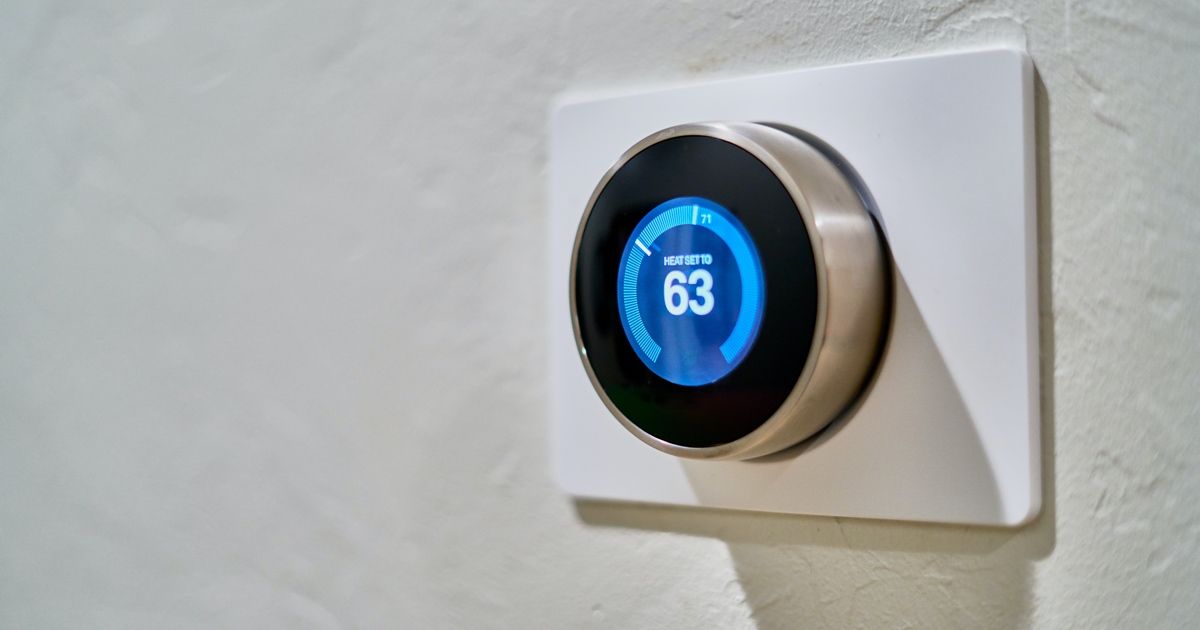
8. **Smarter Living with HomeKit: Intelligent Automation and Energy Management** Apple’s vision for the smart home continues to evolve, with HomeKit receiving significant “wildcard” advancements that move beyond basic device control to offer a more intelligent, proactive, and energy-conscious living environment. The updated Home app simplifies “Set up accessories” and “Control accessories” across your home, fostering a unified smart home experience. Imagine “Control your home using Siri,” effortlessly adjusting devices or having your home respond intelligently through sophisticated automations, ensuring functional, intuitive, and deeply integrated control.
One compelling addition is “Grid Forecast,” designed to help users “plan your energy usage” by “View electricity usage and rates” directly within the Home app, empowering informed decisions about high-energy appliances. Beyond energy, Apple enhances home security with “Set up security cameras” leveraging “Face Recognition” at your door. The ability to “Unlock your door with a home key on iPhone or Apple Watch” offers unparalleled convenience and security, transforming personal devices into smart, secure keys, cementing HomeKit’s role as a cornerstone of the connected lifestyle.

9. **Health and Wellbeing: Beyond Tracking, Towards Proactive Care** The Health app has emerged as a profoundly impactful “wildcard,” evolving beyond a mere data repository into a comprehensive platform for proactive personal wellbeing. Users can now “Fill out your Health Details” and “View and share health data” with trusted individuals or healthcare providers, streamlining the fragmented process of managing medical information. The critical capacity to “Get health records from your providers” and “Download health records” directly into the app makes it more accessible and actionable, focusing on holistic, user-controlled care.
Apple diligently expands health monitoring, introducing specialized features addressing physiological and mental wellbeing. “Monitor your walking steadiness” offers insights into fall risk, while “Track your menstrual cycle” provides comprehensive “Log menstrual cycle information” and “View menstrual cycle predictions and history,” even supporting “Log a pregnancy.” “Manage your medications” ensures adherence, and the app embraces mental health with “Track your mental wellbeing,” allowing users to “Log your state of mind” and “Take a mental health assessment.” Further, “Use headphone hearing safeguards” and “Register as an organ donor” highlight broader societal health initiatives, transforming the iPhone into an indispensable companion for wellbeing.
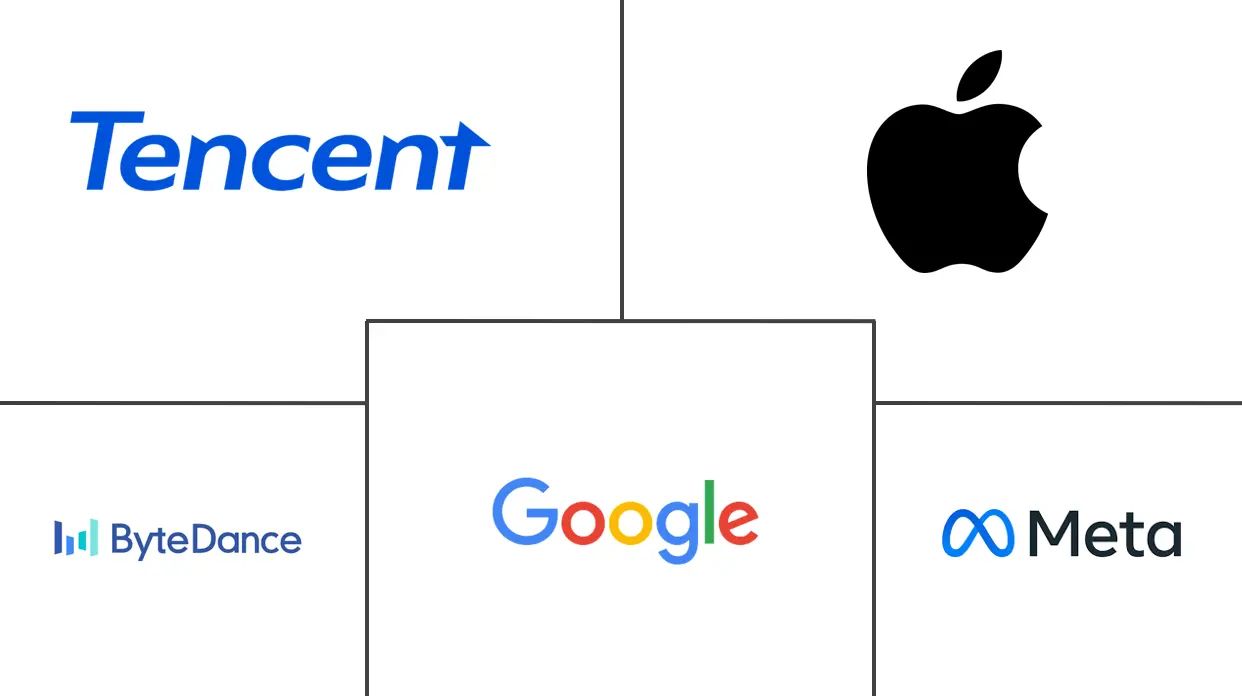
10. **Seamless Flow: The Evolving Power of Apple’s Continuity Features** One of Apple’s most transformative “wildcards” lies in the continuous, intelligent evolution of “Continuity” features, effortlessly bridging the gap between your iPhone, iPad, Mac, and even Windows devices. This intricate web of hardware-software integration creates a profoundly seamless user experience, making tasks flow without interruption. Features like “Use AirDrop to send items to nearby devices” simplify content sharing, while “Hand off tasks between devices” ensures workflows remain unbroken and efficient, whether starting an email on iPhone and finishing on Mac. This interconnectedness ensures devices shine as a cohesive ecosystem.
The utility extends significantly into cross-device control and communication. Imagine being able to “Control your iPhone from your Mac” or using “Copy and paste between devices” (Universal Clipboard). Users can “Stream video and audio from your iPhone” and “Allow phone calls and text messages on your iPad and Mac,” ensuring no missed communications. This pervasive integration extends to “Share your internet connection” and “Use iPhone as a webcam” for higher-quality video conferencing, turning once-complex multi-device tasks into second nature.
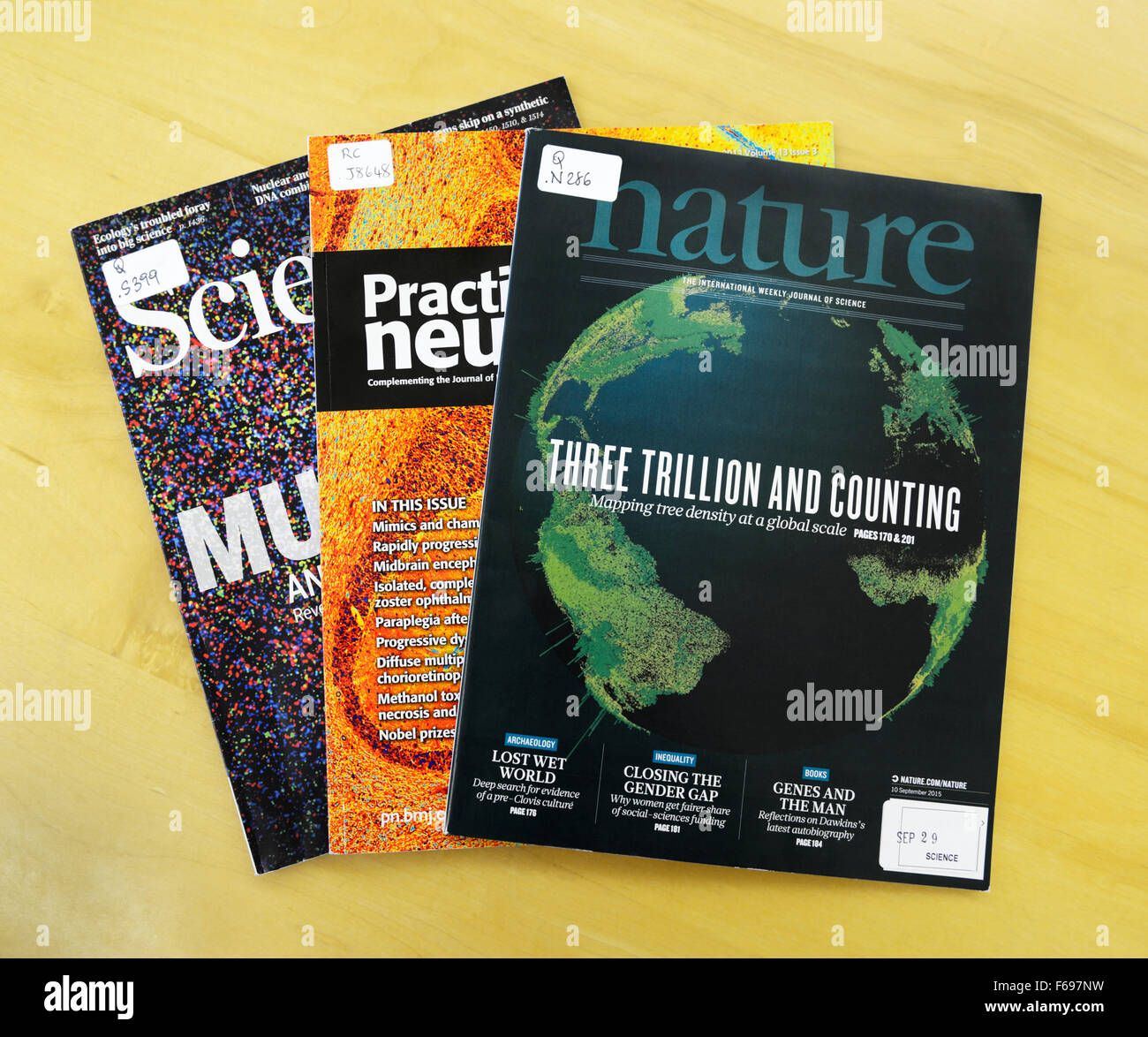
11. **Journal: Cultivating Mindfulness and Personal Storytelling** Among the more personally enriching “wildcards” is the introduction of the Journal app, a thoughtfully designed platform for personal reflection and mental wellbeing. This dedicated application moves beyond traditional note-taking, encouraging users to “Write in your journal” about daily experiences, thoughts, and feelings, fostering a deeper connection with their inner self. The app supports rich content creation, allowing users to “Add formatting, photos, and more” to their entries, transforming simple text into multimedia reflections and providing a digital canvas for capturing life’s moments.
The Journal app is meticulously crafted to support a holistic approach to wellbeing, actively helping users to “Build a journaling habit” through intelligent prompts and suggestions. Users can easily “View and search journal entries” to revisit past experiences, track personal growth, or recall significant events. The ability to “Print and export entries” ensures preservation and sharing. The “Journal for your wellbeing” aspect promotes positive mental habits, and “Change Journal settings” ensures the experience remains personal and private, aligning with Apple’s overarching privacy principles. This innovative app stands as a quiet yet powerful testament to technology serving self-reflection and a richer inner life.
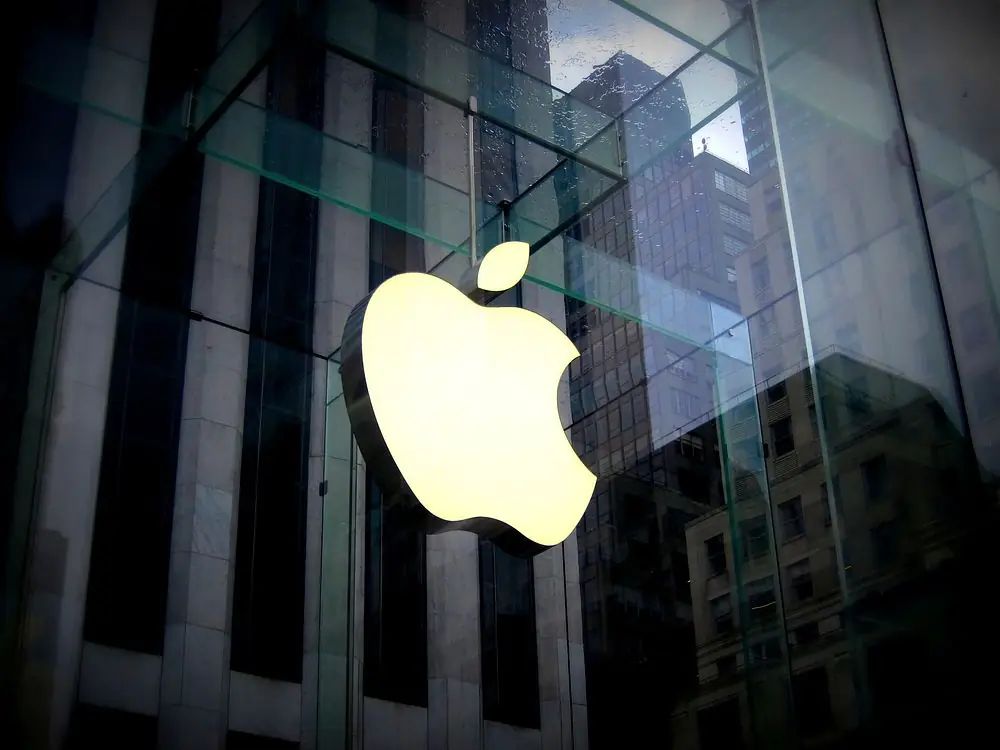
12. **Accessibility Redefined: Empowering Every User with Inclusive Innovation** Apple’s profound commitment to accessibility consistently delivers “wildcards” that are fundamental advancements, empowering a diverse range of users. These innovations go beyond compliance, demonstrating deep understanding of varied needs and unwavering dedication to inclusive design. For users with visual impairments, “Vision” features offer transformative support, including “Zoom in” capabilities, “View a larger version of text,” and “Change display colors.” Critically, “VoiceOver” provides comprehensive auditory feedback, announcing what’s on screen or typed, effectively making the iPhone fully navigable through touch and sound.
For individuals with mobility challenges, Apple provides an equally impressive array of tools that reimagine device interaction. “AssistiveTouch” allows complex multi-touch gestures with a single tap, while “Back Tap” transforms the back of the iPhone into a customizable shortcut. “Reachability” ensures easier access, and “Voice Control” offers hands-free navigation. Innovations extend into hearing and cognitive accessibility, with “Use hearing devices,” “Live Listen,” “Sound recognition,” and “Get live captions of spoken audio.” For cognitive support, “Lock iPhone to one app” (Guided Access) helps users stay focused. These accessibility wildcards are a powerful statement, underscoring Apple’s belief that technology should be for everyone, empowering individuals to connect, create, and thrive.
In closing, these “wildcard” announcements from Apple, often overshadowed by the gleaming hardware reveals, collectively paint a vivid picture of a future where technology is not just powerful, but profoundly personal, intelligent, and deeply empathetic. From the transformative capabilities of Apple Intelligence to the meticulous refinements in smart home living, health management, seamless device integration, personal reflection, and groundbreaking accessibility, each feature is a testament to Apple’s enduring philosophy. They underscore a commitment to anticipate the unseen needs of users, to fortify their digital lives with unparalleled privacy and security, and to expand the very definition of what a personal device can truly be. These are not merely updates; they are strategic pillars supporting an evolving ecosystem designed for enhanced human potential, making every interaction more intuitive, more secure, and ultimately, more enriching. Apple’s true magic often lies not in what you expect, but in the delightful, impactful innovations that quietly change everything.


